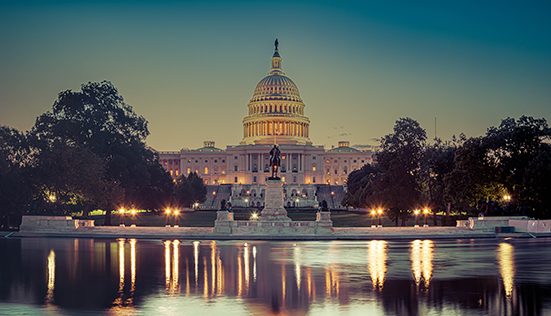The AMA has continually advocated a comprehensive motorcycle safety program as a means of preventing motorcycle crashes and reducing injuries and fatalities. In addition to strongly encouraging the voluntary use of helmets, gloves, sturdy footwear and protective garments, and strongly discouraging impaired operation, the AMA has aggressively supported research-based, state-approved motorcycle rider training.
Comprehensive Motorcycle Safety Program
The American Motorcyclist Association has continually advocated a comprehensive motorcycle safety program as a means of preventing motorcycle crashes and reducing injuries and fatalities. In addition to strongly encouraging the voluntary use of helmets, gloves, sturdy footwear and protective garments, and strongly discouraging impaired operation, the AMA has aggressively supported research-based, state-approved motorcycle rider training.
Despite the indisputable value of a properly structured rider education program, the AMA opposes legislation that would make such training mandatory for adults. Mandated rider education can substantially increase the expense of training and delay the delivery of training. It also has the potential to exacerbate the problem of unlicensed riders.
State programs already are overextended attempting to meet the needs of motorcyclists who seek training. Compulsory training for riders of all ages would require a state to dramatically increase the number of training sites, provide sufficient qualified instructors, acquire more training motorcycles and equipment, and offer training schedules to meet increased demand. In addition, if riding instructors are forced to train students who don’t want to be trained, the instructor corps can become disenchanted and dwindle at the very time when more of them are needed.
Where rider education is now available, funding is typically derived from additional fees for annual vehicle registrations, increased license or endorsement fees, and course fees. The motorcycling community has generally been supportive of these methods of funding for voluntary training. Were a state government to impose mandatory training, it would be incumbent upon its legislature to then appropriate additional revenue to support the training of substantially more students. These higher user fees can be a disincentive to licensing. Furthermore, if training is not conveniently located and readily available to potential riders, or if a student must wait longer than 30 days to take a course, the likely result will be to discourage new motorcyclists from going through the necessary procedures to obtain the proper motorcycle endorsement.
The National Highway Traffic Safety Administration reported that unlicensed or improperly licensed motorcycle operators are over-represented in fatality statistics1. That research shows that about 22 percent of motorcyclist fatalities nationwide involve operators without a valid motorcycle license or endorsement at the time of the collision. The problem is difficult for law enforcement to address, because unlicensed riding is nearly impossible to monitor.
The AMA believes that voluntary motorcycle rider training should be available as an incentive to increase licensure by permitting students to become licensed following the completion of an approved course. Riders who successfully complete rider training have acquired basic knowledge and riding skills, and they can demonstrate the skills necessary to meet state licensing requirements.
Furthermore, motorcycle rider training must remain available, convenient, affordable and effective if it is to contribute to a decline in motorcycle crashes that result in injuries and fatalities. As an alternative to mandatory rider training, increased funding of existing programs (while keeping user fees affordable), improved training reciprocity between states, and other incentives, such as insurance discounts, will result in more riders completing rider training courses.
As an organization, the AMA remains committed to the development of research-based training programs and will continue to cooperate with the Motorcycle Safety Foundation, state motorcycle safety administrators, state and federal governments, and private providers to advocate for sound curricula and quality training opportunities for America’s motorcyclists.
References
1 2013 NHTSA, Traffic Safety Facts – Motorcycles (2011 Data), DOT HS 811 765






